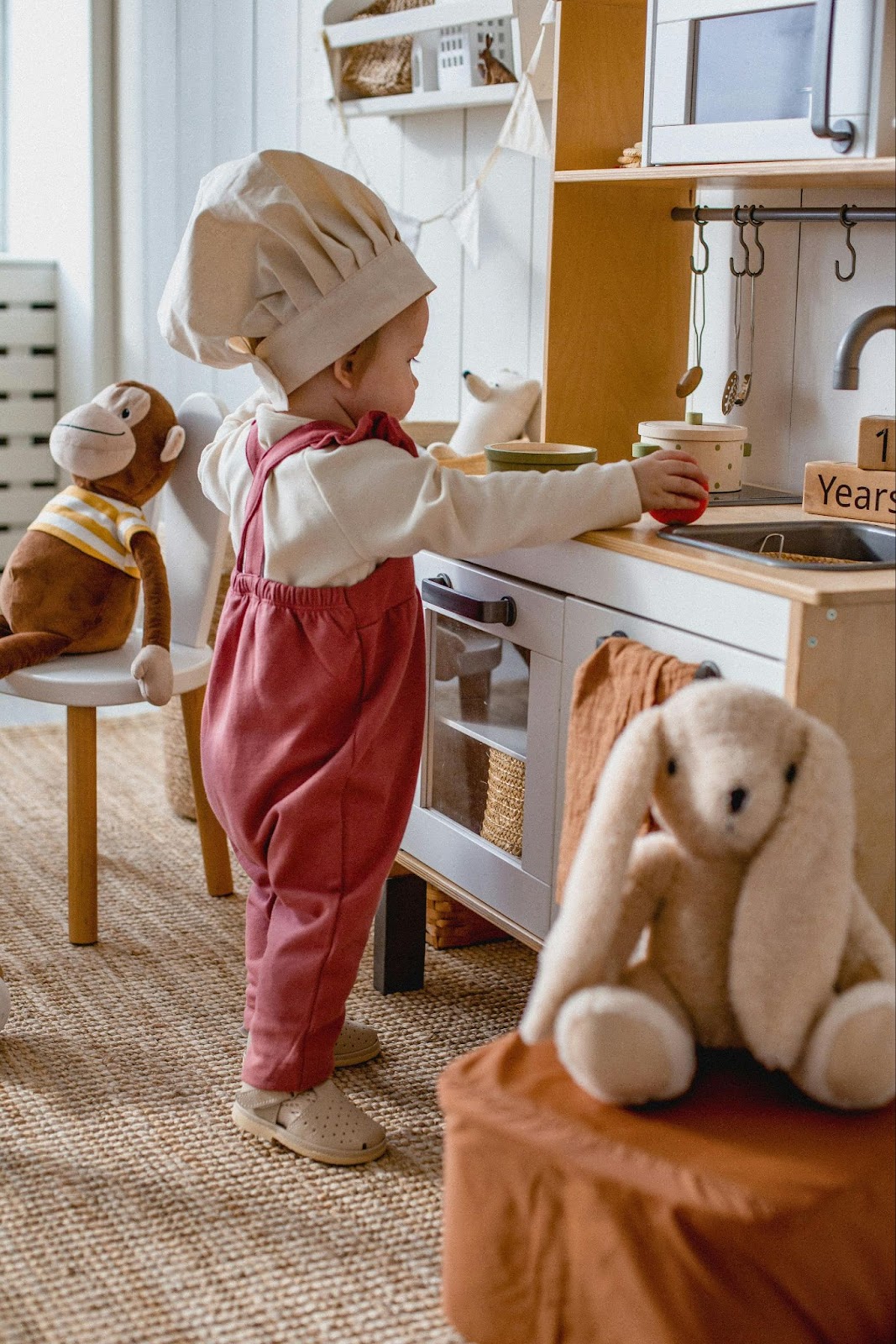Imagine communicating with a group of people whose major means of communication is sign language (ASL), because you have to look at every hand gesture and facial expression they use to understand what they are saying, your complete focus and attention will be on them and nothing else. Do people using ASL look away from each other? The answer is NO! It’s the same reason maintaining eye contact is encouraged in many human conversations.
Help your kids develop the virtue of being completely (mentally, physically, emotionally, and socially) involved in their conversations by teaching them baby sign language and the improved version–ASL because baby sign language affects your child’s attention and focus. Let’s see how in the paragraphs below
Three Ways Baby Sign Language Affects Your Child’s Attention and Focus
Your Child Makes Better Conversation
As established in the introductory paragraph, your child is forced to look intently at the other parties discussing if the communication is done in sign language. With such a concentrated look, comes understanding, and with an immediate understanding comes better responses–not just better but faster.
Baby sign language doesn’t support distracted conversation. Conversations in sign language indirectly say “All hands on deck, be fully here and nowhere else”
Your Child Becomes More Involved and Acceptable Socially
When kids are taught that baby sign language helps them to pay attention during conversations, encouraging them not to miss a thing, they become kids whose peers want to befriend.
A child with better attention and focus is aware of social cues and can properly utilize them for better relationships.
Your Parent-Child Relationship Flourishes
While teaching your child baby sign language, your child concentrates on all you are doing during the lessons. This heightened focus strengthens the bond between you and your child–through sign communication and learning experiences.
Also through constant feedback during sign language lessons, trust and emotional connection are built.
Four Major Reasons Why Your Child Needs More Focus and Attention
Photo by Cottonbro Studio
Is your child focused enough? However focused your child is, there’s nothing like too much focus. The more attention and focus your child has, the better. So, let’s see why
For Recalling Knowledge and Information
The more focused your child is which equates to the more attention that child pays to things, the more their brains organize information and knowledge. When this happens, they can easily retrieve information for daily use. With that comes easy retrieval and decoding of cues.
For Improving Problem-Solving Skills
Due to your child’s deepened understanding from paying more attention, your child is better equipped to solve their problems. This is where puzzles and other similar games come into play. They are less likely to fall into little (avoidable) errors than their counterparts fall into.
For Improved Coping Ability
Flowing from your child’s ability to solve problems better, your child’s resilience is built. The fruit of such resilience is the development of self-confidence and creative coping mechanisms for various scenarios. That’s why sometimes you find a child handling a task differently from how you would have handled it yourself. They are learning to cope in their way.
For Better Time Management
It can be annoying when a parent watches a child waste time performing an assigned task when the time spent is more than twice the usual time it’s supposed to take the child to complete that particular task. To avoid such annoyances, helping your child pay more attention and have more focus is a priority. Your child prioritizes tasks easily and is more aware of what they should or shouldn’t be doing.
Elements/Types of Attention and Focus
How does one measure the extent of attention their child exhibits? Understanding the elements/types of attention and focus is what helps. Below are the key elements/types of attention and focus you should know.
Focused attention
This attention describes the direction of one’s mental energy and concentration on a specific thing at a time without any distraction.
Attention That is Sustained
This type of attention examines the time spent (physically and mentally) on something. The longer the time, the more sustained the attention is.
Selective attention
This attention is one of preference. It filters important from unimportant things (in the mind of the person paying attention), and concentrates on only those things the participant considers worthy of his or her attention.
Alternating Attention
As the name suggests, a person with alternating attention can switch focus between tasks. The transition of attention is so mastered that it is swift and smooth without any confusion. This is where the ability to multitask falls under.
Attention That is Divided
Similar to alternating attention, divided attention distracts. It means the individual with this attention isn’t focusing on one thing but isn’t seamlessly switching between things.
Your attention is divided if you are not fully focusing on either task you have at the time.
Note: Learn to observe the kind of attention your child is giving to things at times.
Dangers Children with Poor Attention and Focus Encounter
Academic Challenges
Sometimes, you’ll find a child who is regarded as intelligent, able to answer questions when asked and make good conversations falling behind academically. The problem might simply be the child’s inability to sit still and give full attention to school tests and examinations to answer them accurately.
Issues of Safety
Accidents (at home and outside the home), severe and mild, are more frequent among kids who have poor attention. There is also the case of not paying attention to follow the proper safety instructions for certain situations.
Social Isolation
As I established in the section that talks about why your child needs more focus, children who pay attention are more socially acceptable. However, those who do not pay attention, find themselves struggling to maintain conversations and to participate properly in group activities.
Restlessness
Restlessness is one of many disruptive behavioral tendencies expressed by children who have poor attention and focus. Others include impulsivity, forgetfulness, unnecessary daydreaming, etc. (all of which can give room to dangerous mistakes)
Do you know the difference between attention and focus? Or do you think they are the same? Click here to find out.
Conclusion
Now you know how important baby sign language is to your child’s attention and focus, help them improve their attention and focus with sign language. Some resources I have here will be useful for you. I’m hoping with these resources, you’ll have a seamless sign language learning and teaching experience.
Thumbnail Photo Credit to: Photo by Коледа Дмитрий




